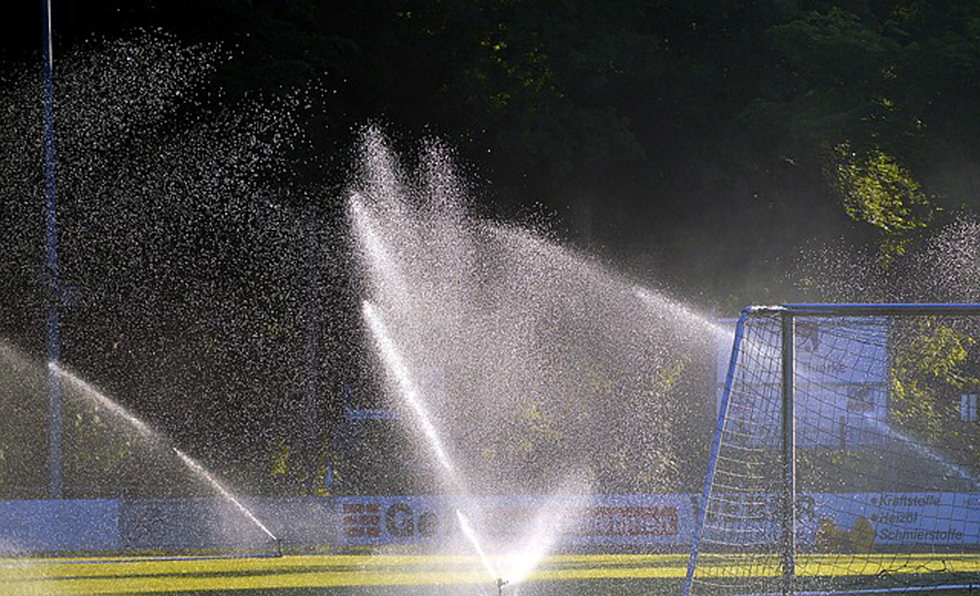- La Feria Community Holds Succesful Business Mixer Event
- Little Nashville to Take Place in Downtown Mercedes
- Lions Basketball Captures District Gold
- La Feria ISD Students Compete in Regional Chess Tournament
- Lions End First Half of 32-4A on a High Note
- La Feria ISD Held Another Successful Parent Conference
- Strong Appearance for Lions at Hidalgo Power Meet
- LFECHS Students Get to Meet Local Actress
- Students Participate in Marine Biology Camp
- Two LFECHS Students Qualify for All-State Band
Texas water conservation stalls in latest scorecard
- Updated: July 2, 2020

By ROZ BROWN
Texas News Service
AUSTIN, Texas — Texas has some of the most progressive water-conservation laws and policies in the United States, but water conservation by municipal water suppliers has stalled in the past four years.
According to Texas Living Waters Project Deputy Director Jennifer Walker, an update to the 2016 Texas Water Conservation Scorecard shows utility scores have not budged since the first report. She said conservation is top-of-mind during drought periods, but practices and programs that enable customers to save water need to be ongoing.
“We need to do this every day, not just when our water supplies are limited,” Walker said. “Texas is growing rapidly. People are moving here all the time. They’re not bringing water with them; we have a limited supply.”
The 2020 Scorecard showed that 39% of 306 water utilities in Texas improved their water conservation scores over the past four years, but another 39% saw their scores drop. For utilities that saw a decrease, the scores dropped on average by almost 10 points while the average increase was also nearly 10 points.
Walker said small, medium and large utilities were evaluated for the new scorecard. She added people have an individual role to play in water conservation, but each water utility has rules, practices and programs that enable their customers to save water.
“If your community is allowing unlimited lawn irrigation, versus another community that’s only allowing it two times per week, then that’s a very helpful thing that your water provider or your city can do to help you save water,” she said.
The Scorecard data uses 5-year water-conservation plans, utility websites and annual water-loss audits. Ken Kramer, chair of Water Resources with the Sierra Club Lone Star Chapter, said water loss through leaks and cracks in pipes and fittings is a significant problem for cities such as Dallas, Houston, Austin and San Antonio.
“I think it’s important that the utilities take a hard look at their scores – the fact that they have not been able to deal with the issue of water loss, they have a fairly high percentage of water that’s lost in their systems,” Kramer said.
The most recent tracking showed water loss increased by 2.7% statewide due to more accurate reporting methods, deteriorating water infrastructure and unauthorized consumption.


